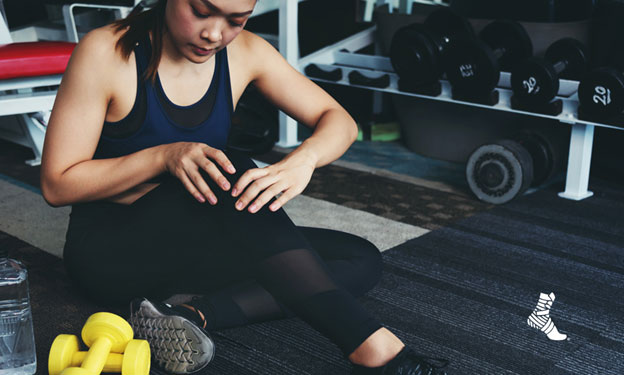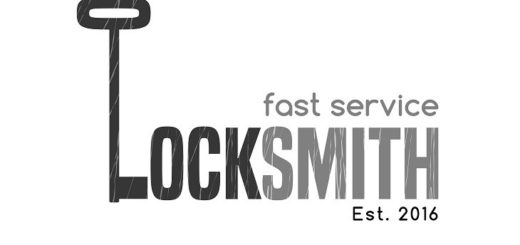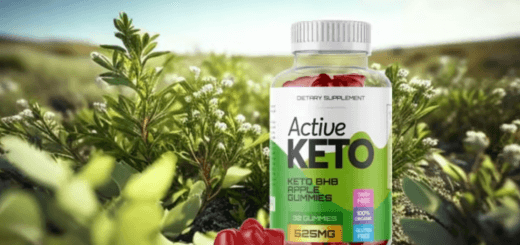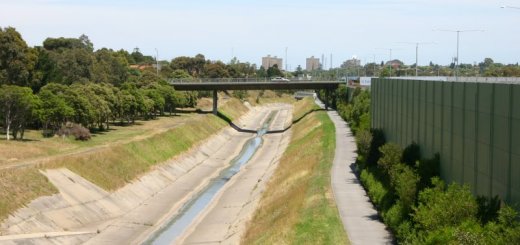
Nothing is more frustrating than getting injured, being an active person. Of course, getting hurt isn’t really the problem. Most athletes and professionals can easily overcome the initial pain of injury. Laughing at the pain, inspecting and treating the injury, these are easy things. The difficult part is waiting weeks, if not months, to rethink your regular activities. Read on to how to heal faster from injuries.
When you get injured, the body stimulates the immune system to initiate a complex chain of reactions to begin the healing process. Specialized immune cells go to the injury site, some envelop and destroy infections or bacteria, and others isolate the affected zone. Healthy cells around the area also become more active, using additional oxygen and energy to rebuild damaged tissue.
Therefore, proper nutrition and low-impact cardio are essential. Also, red light therapy helps fasten the healing process. For this, Platinum LED Bio 300 can be the right solution. There are other ways, as well.
How to Heal Faster from Injuries: Home Remedies
Prevention is Better than Cure
The vast amount of injuries can be prevented by some form of warm-up, which involves cardiovascular exercise or stretching before exercise. Soft tissues that have been warmed up and stretched before activity are much less likely to be injured during sport or any other activity.
Understand Your Injury
Minor sprains or tears usually improve significantly after 2 weeks of rest and a break after exercise. The lack of improvement should justify a consultation with a doctor. Understanding your injury is the first step on how to heal faster from injury.
A complete clinical examination and an image (X-ray/CT scan) will confirm the diagnosis. It will help target the rehabilitation strategy to allow for faster recovery without complications. Understanding the nature of the injury also helps with mental preparation during recovery.
Follow the “RICE” Method
With soft tissue damage, such as a sprain, muscle strain, or tear, immediate first aid can prevent complications, diminish pain, and help you heal faster. The most popular acronym in sports recovery to remember is “RICE”, which stands for rest, ice, compression and elevation:
Rest: If you show signs of injury, it’s essential to rest and refrain from any physical activity to avoid additional stress or more severe injury.
Ice: Freeze the injured area for 20 to 30 minutes 4 to 8 times a day to reduce pain, swelling, bleeding, and muscle spasms.
Compression: Apply compression to the injured area within 48 hours of injury to prevent excessive inflammation.
Elevation: Elevate the injured limb to reduce swelling. Keep the ankle above the hip for lower extremity injuries. For upper limb injuries, use a pillow or sling to elevate the area.
Maintain Your vitamin D Level
Vitamin D helps control a variety of critical health processes in the body. The regulation of our friendly intestinal flora is one of its primary functions. Our bodies can produce vitamin D, but it needs regular sources of sunlight to do so. Due to the lack of the sun for much of the year, many Britons find it challenging to maintain adequate amounts of vitamin D.
Have your doctor assess your vitamin D levels. Food sources are limited, so if your levels are low, your GP may recommend a high-quality supplement (liquid versions tend to be absorbed better). Or seek the advice of a qualified nutritional therapist for the most effective evidence-based supplement advice.
Think of Red Light Therapy
Light therapy is the operation of specific wavelengths and light energies to body tissues that trigger a complex chain of biochemical responses. The main focus is on the near-infrared and red wavelengths.
Red light therapy is a proven method on how to heal faster from injuries. Patients who recovered from injuries and surgeries also experienced much less pain and swelling, and without the risks and side effects common to prescription drugs and invasive procedures.
Physiotherapists and sports medicine specialists treat a wide variety of acute and chronic musculoskeletal injuries and pain with light therapy. It reduces the discomfort caused by pain and inflammation while promoting blood circulation and body tissue repair mechanisms.
Focus on Low-Impact Cardio
You really don’t have to rely entirely on exercise during recovery. While you need to rest and give your body the time and energy it needs to heal, it’s actually best to do a moderate amount of light cardio during the week. Simply pumping your blood with an intensity equivalent to a brisk walk can boost your immune system and reduce inflammation throughout the body.
Consider exercising in any way you can for about 30 minutes at least three days a week as you recover. Many injuries can allow you to swim, and if you are very limited, find a comfortable position and do clean exercises on the floor with your working limbs.
Sleep Like the Dead
Everyone knows that sleep is an essential step on how to heal faster from injury. But what is its importance? It turns out that sleep is actually more vital than proper nutrition to heal faster. A good night’s sleep helps conserve your body’s energy for healing. It also releases oxygen to intersect lactic acid in your muscles and produce HGH to build new tissue at a faster speed.
A recent APS study showed that individuals who slept 7-9 hours healed minor superficial wounds much faster than individuals who fell asleep but received carefully balanced protein and nutrient supplements. Funny thing is, researchers have tried to show that their supplements can replace sleep in the healing process.
If you want to recover quickly, don’t rest at home, try to sleep more than usual. Take an afternoon nap, then cool the house down at night and try to sleep. The more deeply you sleep, the faster your body can heal by devoting resources and producing growth hormone.
Return to Normal Walking Pace
A normal walking pace means that there is regular weight transfer from the feet to the knee, hip and back. An abnormal walking rhythm may be due to muscle pain, weakness or imbalance and should be corrected before resuming exercise.
A period of rest and inactivity usually results in muscle wasting, sometimes even in unharmed parts of the body. A crucial part of muscle development is resistance training which improves balance, reflex control and the endurance of injured tissue. This is often implemented in conjunction with conditioning and resistance training to prepare the injured area for a faster return to regular activities.









